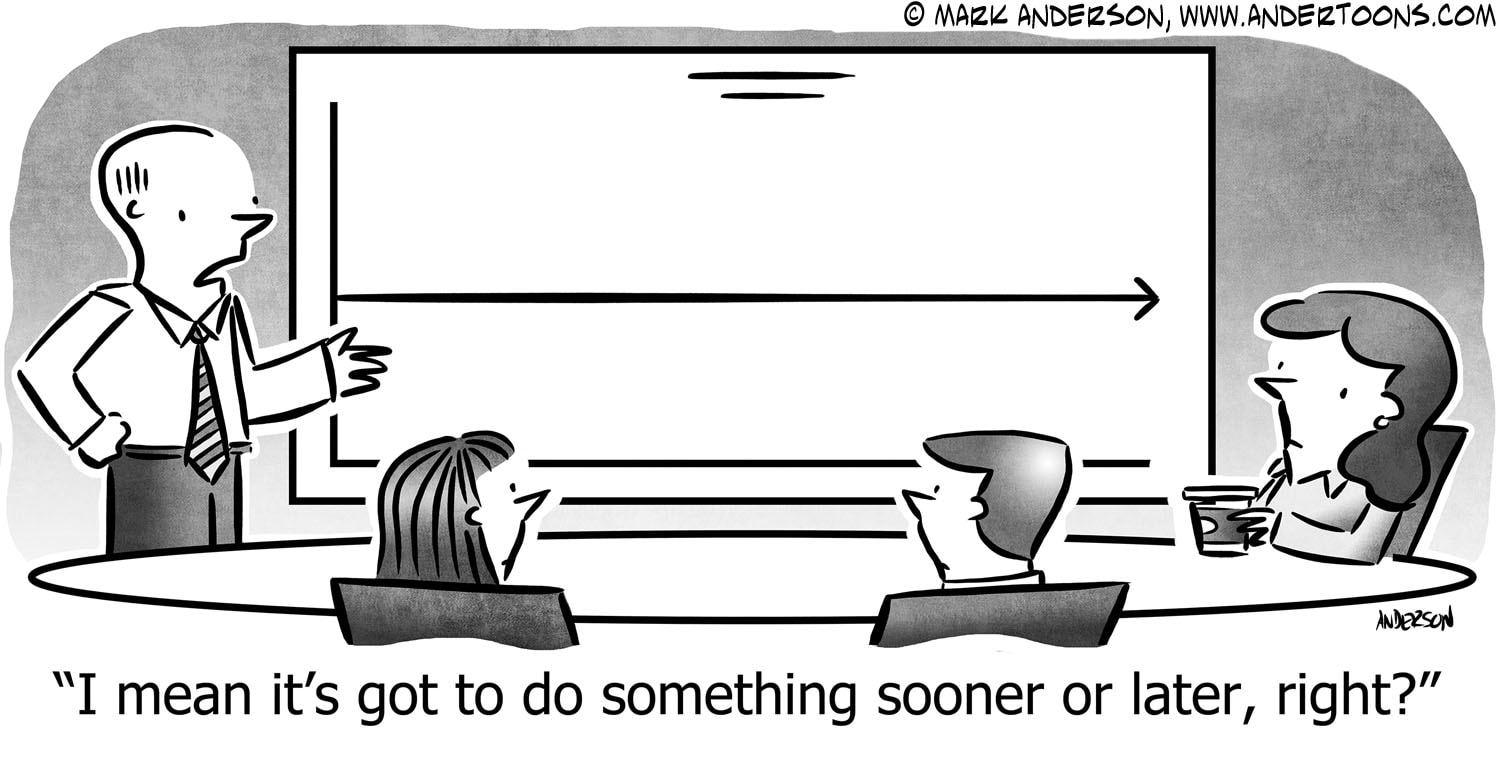Millennials are a group of young people between 18 years and 34 years. They hold a significant section of the client market of any business. However, this is a group that is also diverse. In the US alone, up to 43% are a different race other than white and a quarter of them speak a second language other than English.
As much as millennials are diverse they do come with some similarities. Understanding them is the first step towards knowing how to market your products. Second, you can also perform niche marketing to target different segments of the millennial market. Let’s find out how.
1. Mobile Marketing
It’s nothing new that marketing through mobile phones is essential in the modern business world. More than 90% of millennials are always using their smart phones. This places further emphasis on the need to do mobile marketing.
Factors such as call to action, fast loading times and good graphics need to be taken into account. You can add advertisements and links to mobile applications. This is an excellent way to reach a group of people who spend a lot of their time on their mobile devices.
2. Adapt to Their Way of Thinking
Millennials are a generation that question the traditional way of thinking and doing things. Concepts such as family and community tend to be looked at from a different perspective.
Considering the current economic situation, millennials also have a challenge with things like buying a home. For some, however this is not even a priority. They are set towards a traveling lifestyle where business is also carried out on the go.
Marketers need to adjust their habits accordingly if they want to reach out to millennials. A good example is instead of going after a group of people based on their stage in life, you can do so based on social groups. These are groups that focus on social factors which in turn creates a greater attachment for them.
3. Go Online
Most millennials have spent their entire lives with the internet. This means that it is far tougher to convince them in a face to face conversation. To be able to reach them more effectively, you need to employ online based marketing which is in fact an extension of mobile marketing.
Remember you are dealing with a group that focuses on solving their issues their own way by finding solutions online.
You need to place emphasis on becoming even more engaging. Why? Because millennials value the opinions of friends. What this means is that if you are able to engage a group of people and make them loyal, they will go ahead and refer their customers.
If you cannot find a way to be relevant and engaging, this group of people are very likely to ignore your presence and associate it as just another source of noise which is often the result of a global interconnected system with too much information at any one time.











 RSS Feed
RSS Feed